A look inside secretive comms facility ahead of overhaul
Share the post "A look inside secretive comms facility ahead of overhaul"

Work is under way to overhaul a kilometres-wide and 300-metre-tall transmitter array in the remote West Australian town of Exmouth.
CAPTION: Naval Communication Station Harold E Holt in Exmouth, Western Australia. Story and photos by Corporal Jacob Joseph.
The Naval Communication Station Harold E Holt is a US-Australian very-low-frequency transmitting station capable of sending messages to submarines deep underwater.
In a town where the mercury reaches the high 40s, Australian and American subject-matter experts will collaborate with contractors to overcome extreme conditions and isolation, according to Navy Intelligence and Information Warfare’s Lieutenant Commander Heath Crawford.
Thirteen towers support hundreds of tons of wire antennae, criss-crossing like a spider’s web to create a giant geometric pattern more than 400 hectares in area, hundreds of metres in the sky.
Tower Zero, once the tallest structure in the Southern Hemisphere at 387 metres, sits in the middle of the array and above the helix house.
CAPTION: Inside the helix house at the Naval Communication Station Harold E Holt in Exmouth, Western Australia.
Inside looks like something lifted from the pages of a Jules Verne novel, with copper antenna tuning equipment supported by more than 100 tonnes of wood.
Almost everything inside the helix house is made of a special resin-infused wood composite, even the nuts and bolts.
High electromagnetic fields heat metal to the point where it can burn through wood.
“It’s a Cold War artefact but physics don’t change,” Lieutenant Commander Crawford said.
“I don’t think anyone who steps in fully understands the system’s uniqueness because it is so different to anything anyone’s seen before.”
It is the first major upgrade to the helix house since the US Navy commissioned and opened the facility in 1967.
As a way of shoring up global coverage for its fleet of nuclear submarines, the US looked to expand its network of very-low-frequency transmitters into Australia during the height of the Cold War.
The nearby town of Exmouth was established to support the station along with hundreds of US personnel and their families.
In 1992, the US Navy passed command to the Royal Australian Navy. The station is now operated and maintained by Defence.
The array towers are an ever-present symbol of the town’s origins. However, the region’s military history stretches back to World War 2, when the North-West Cape was home to a US submarine and communications facility.
CAPTION: Lieutenant Commander Heath Crawford speaks with maritime and strategic communications systems engineering manager Sorin Lupulescu inside the power generation room at Harold E Holt.
It was the launch pad for Z Special Unit’s behind-enemy-lines raids on Japanese forces in Singapore, including the loss of 23 allied commandos during Operation Rimau.
The operation’s original planning map now hangs in the communication station’s main office.
Sharon Jones, who works for the Maritime and Strategic Communications SPO at Harold E Holt, moved to Exmouth before the Americans handed over control.
She remembered a time when backyard fences were discouraged and American hospitality was the talk of the town.
“You didn’t have to follow the footpaths, you could just walk through people’s backyards,” Mrs Jones said.
“The 4th of July and New Year’s Eve were big open things with celebrations everywhere and a pipe band would lead people from one place to another.
“People thought that when the Americans left, the town wouldn’t exist.
“We’ve gone through so many changes; Exmouth has become more of a tourism town recently.”
But despite the changing nature of Exmouth, Lieutenant Commander Crawford said the transmitter remained an important capability into the future.
Construction will commence on a rolling schedule in order to maintain assured communications with allied submarines operating in the region.
CAPTION: Lieutenant Commander Heath Crawford on top of the helix house below Tower Zero at the Naval Communication Station Harold E Holt
.
.

.
.
Share the post "A look inside secretive comms facility ahead of overhaul"

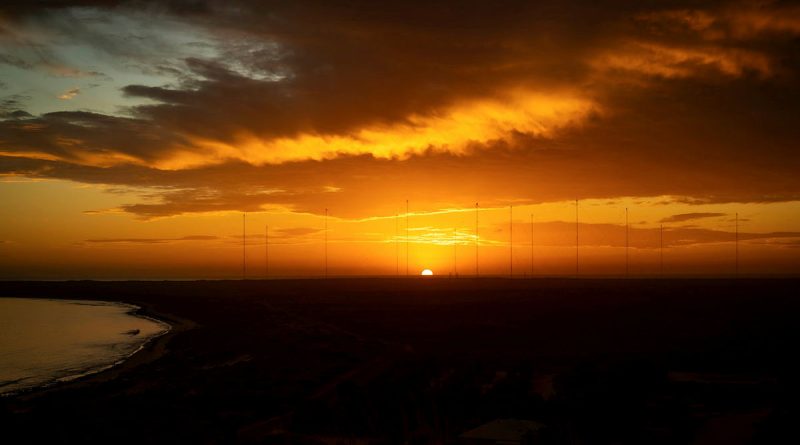

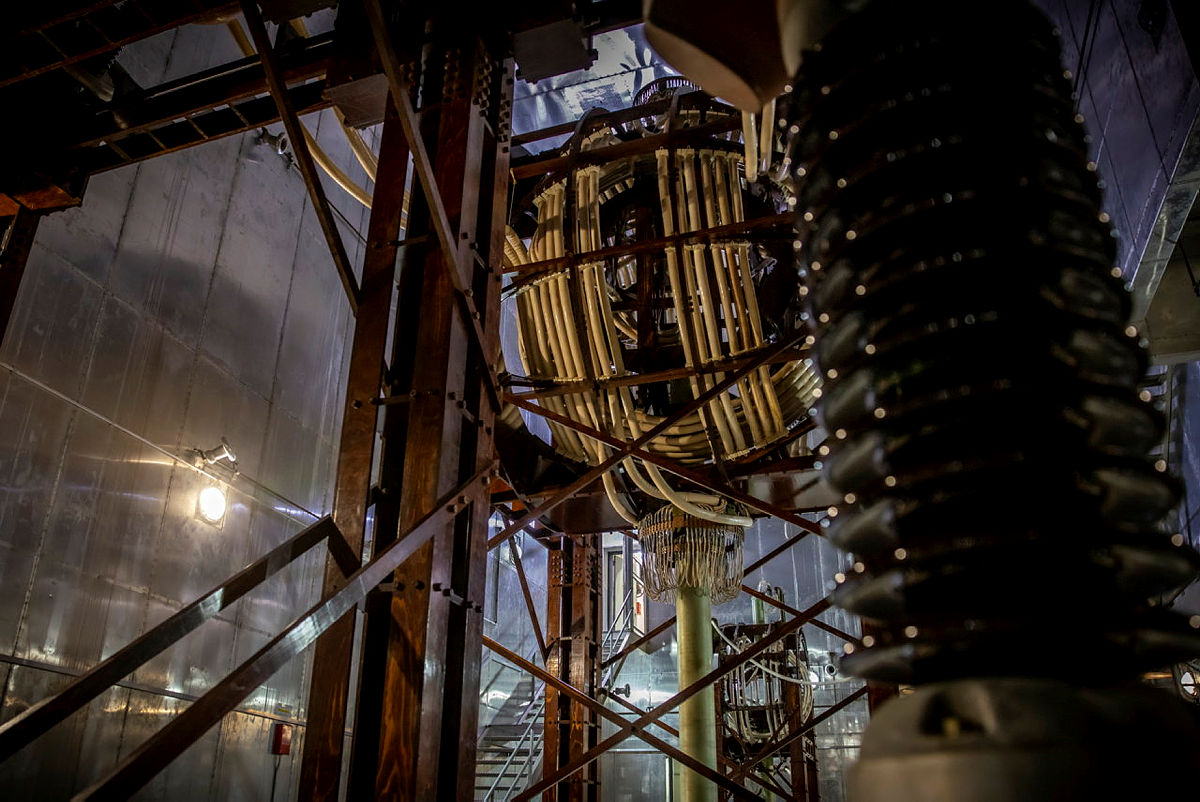
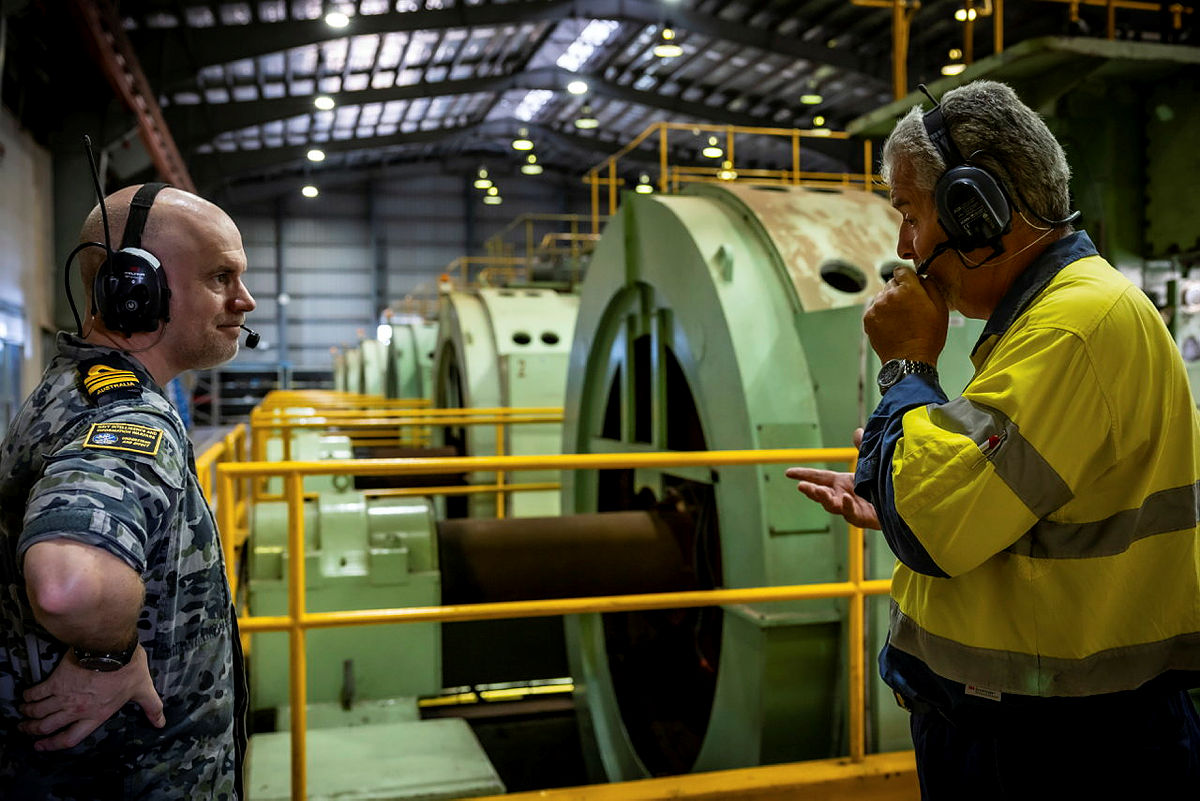
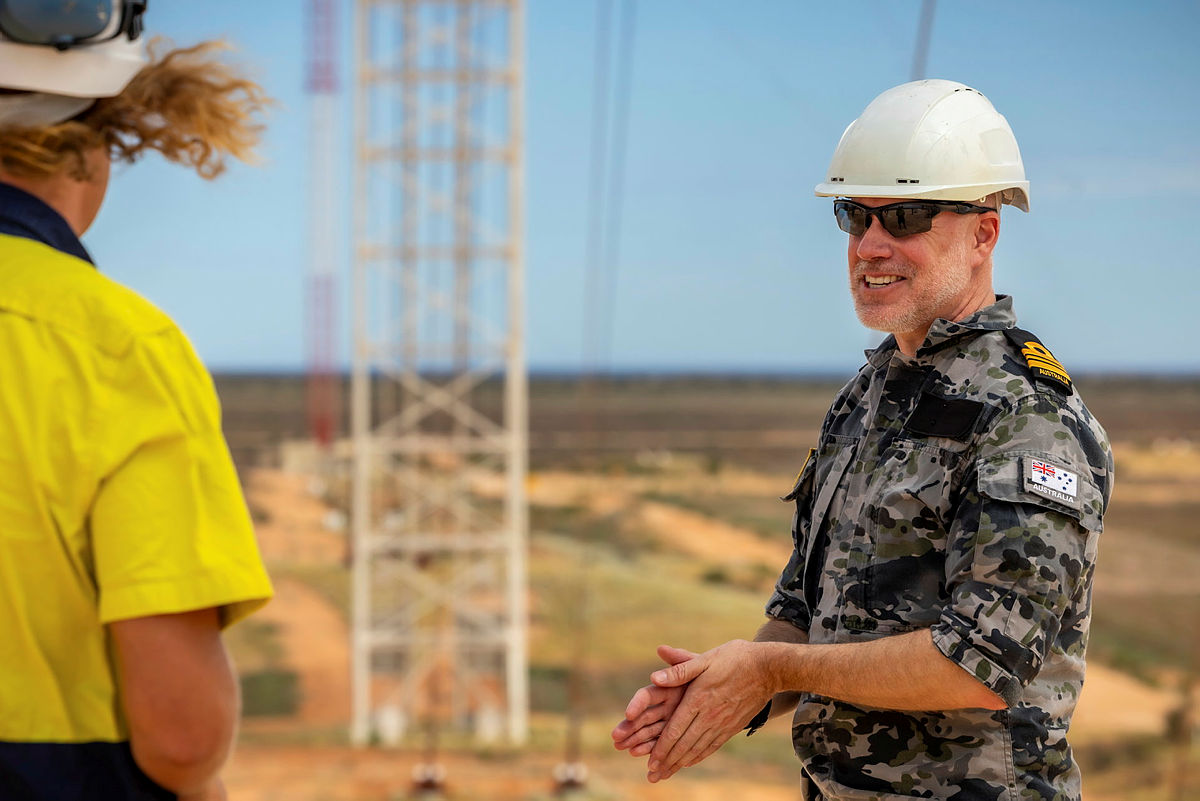
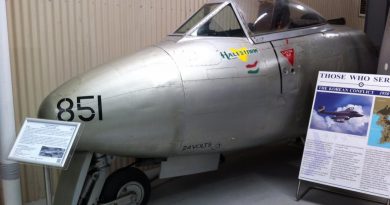
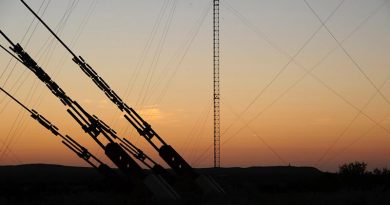

When I was serving in the Navy, it was once my job to have to pay the 49 Australian comms sailors we had based there alongside the 200+ US Navy personnel. Working at HMAS Leeuwin near Fremantle, we had to make up their pay early in the fortnight, and to then get a cheque down the the nearest WPAC bank in Fremantle to get into their system in time. The best man at our wedding was in the same branch as me, and he was posted up there for 12 months to run the admin office. Our sailors were housed in old Quonsett huts which were likely to be blow away in a cyclone, and they had long lengths of rope that was placed on the roof from corner to corner if a cyclone was coming their way. The Americans were smarter, and built their 200 odd married quarters out of cement blocks which were able to survive a big blow. Interesting times.
:It was the launch pad for Z Special Unit’s behind-enemy-lines raids on Japanese forces in Singapore, including the loss of 23 allied commandos during Operation Rimau”. This is an incorrect and misleading statement and given that you are an official defence media publication this is disappointing. Firstly the raids into Singapore via Operations JAYWICK and Operation RIMUA were not conducted by Z Special Unit as this was the administrative and training unit for Special Operations Australia (SOA) I can forward you some relevant(SOA) sometimes referred to under its World War 11 cover name of the Services Reconnaissance Department (SRD). Also for your edification Operation JAYWICK was a fully funded Special Operations Executive (SOE UK) Which was not approved by the then Australian special operations organisation and was Joint venture between SOE and the RAN Which is why the majority of operatives were selected from the RAN recruit school and there was only one Australian Military forces member on that raid. Should you wish to know more I can forward you some relevant references or refer to the National Archives under Special Operations Australia. Unfortunately there’s a lot of mythology about both of the operations not only in social media but also within numerous commercial publications where the authors have failed to conduct significant research. I hope this is of help and interest to you. Regards